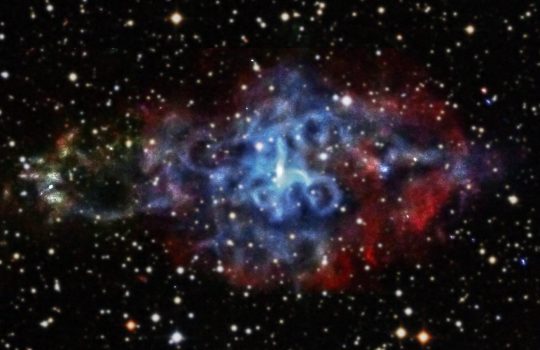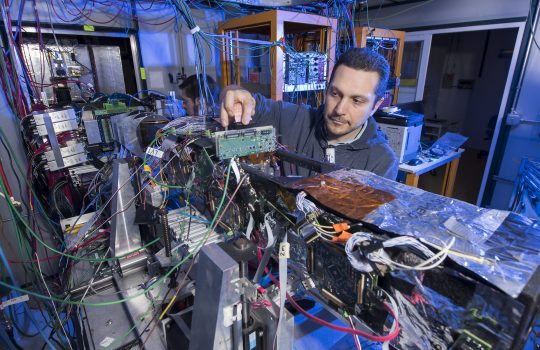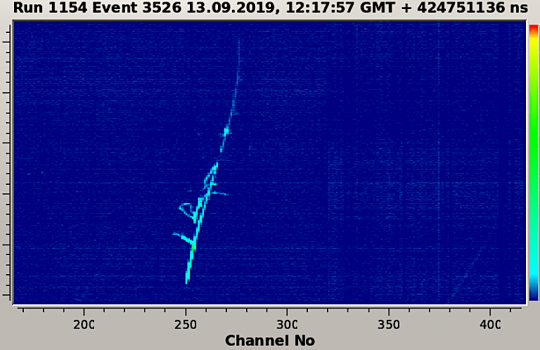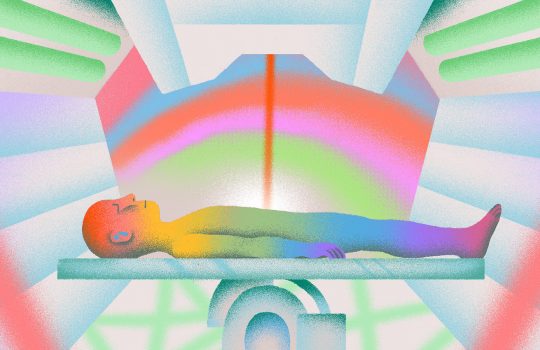Neutron star particles go under the LHC microscope
Scientists at CERN have found a way to learn more about the interior of neutron stars using the Large Hadron Collider. Researchers on the ALICE experiment are uncovering the properties of elusive hyperon particles hypothesized to be found inside neutron stars.







